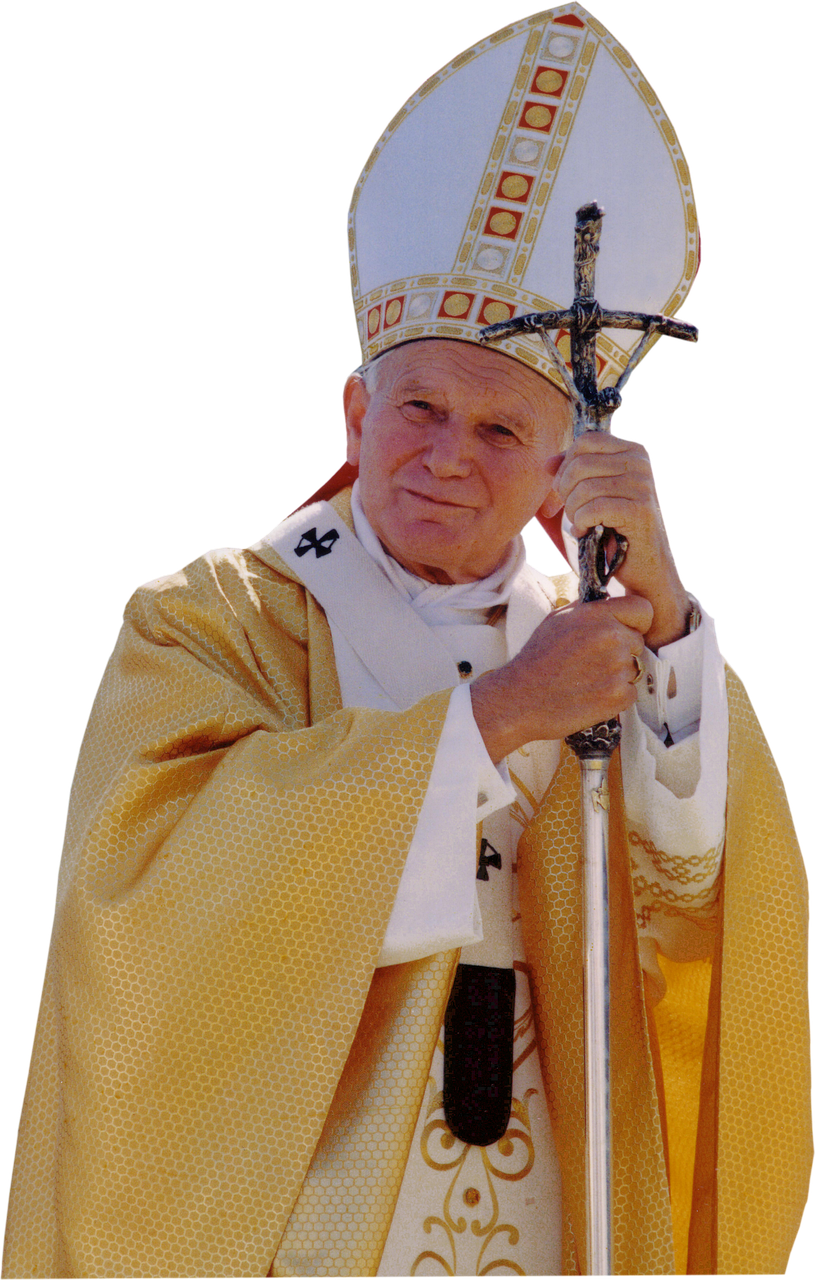Kraków has been home to many notable figures throughout history, each leaving a unique mark on the city’s cultural and historical landscape. As a center of intellectual, artistic, and political life, the city has attracted some of Poland’s greatest minds. From painters and writers to scientists and political leaders, Kraków has nurtured talents who shaped the country’s history and identity. Many of these individuals lived in historic buildings that today serve as museums or cultural institutions, preserving their legacy for future generations.
Here are some of the most famous residents and their associated residences:
Jan Długosz (1415–1480): A renowned historian and chronicler, Długosz resided at 25 Kanonicza Street. Today, this building houses the Rectorate of the Pontifical University of John Paul II. His extensive works documenting Poland’s history remain invaluable sources for scholars.
Stanisław Wyspiański (1869–1907): A multifaceted artist known for his contributions as a playwright, painter, and poet. Wyspiański was born at 26 Krupnicza Street and lived in various locations throughout Kraków, including 25 Kanonicza Street and 79 Krowoderska Street. His legacy is especially visible in the stained-glass windows of St. Francis’ Basilica.
Jan Matejko (1838–1893): One of Poland’s most celebrated painters, Matejko lived at 41 Floriańska Street. His former residence now serves as the Jan Matejko House, a museum dedicated to his life and work. His monumental historical paintings shaped Polish national identity.
Pope John Paul II (1920–2005): Born Karol Wojtyła, he resided at 19–21 Kanonicza Street during his tenure as a priest, bishop, and cardinal in Kraków. This building now functions as the Archdiocesan Museum, showcasing personal artifacts from his life. This building now functions as the Archdiocesan Museum, showcasing personal artifacts from his life. He later became one of the most influential popes in modern history.

Oskar Schindler (1908–1974): A German industrialist credited with saving the lives of over a thousand Jews during the Holocaust. Schindler’s enamelware factory, located in the Zabłocie district, has been transformed into a museum detailing his efforts and the experiences of Kraków’s Jewish community during World War II.
Wisława Szymborska (1923–2012)
A Nobel Prize-winning poet, Szymborska spent most of her life in Kraków. She lived at various addresses in the city, including 22 Krupnicza Street. Her thought-provoking and deeply humanistic poetry continues to inspire readers worldwide.
Tadeusz Kantor (1915–1990)
An avant-garde theater director, painter, and set designer, Kantor lived and worked in Kraków, where he founded the legendary Cricot 2 Theatre. His former studio, located at 5 Nadwiślańska Street, now operates as the Kantor Museum, dedicated to his revolutionary work in theater and visual arts.
These residences offer a glimpse into the lives of Kraków’s illustrious inhabitants and serve as significant cultural and historical landmarks within the city. These residences offer a glimpse into the lives of Kraków’s illustrious inhabitants and serve as significant cultural and historical landmarks within the city. Whether through art, literature, politics, or humanitarian efforts, these figures shaped Kraków’s identity and left a lasting legacy that continues to be celebrated today.
All of these places can be easily reached when staying at the luxurious Krakow For You apartments. Our dedicated staff is always available to assist you during your stay, offering recommendations and guidance to ensure you experience the best of Kraków. We will be happy to direct you to the must-see locations and hidden gems of the city.

